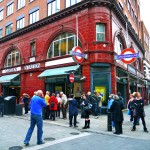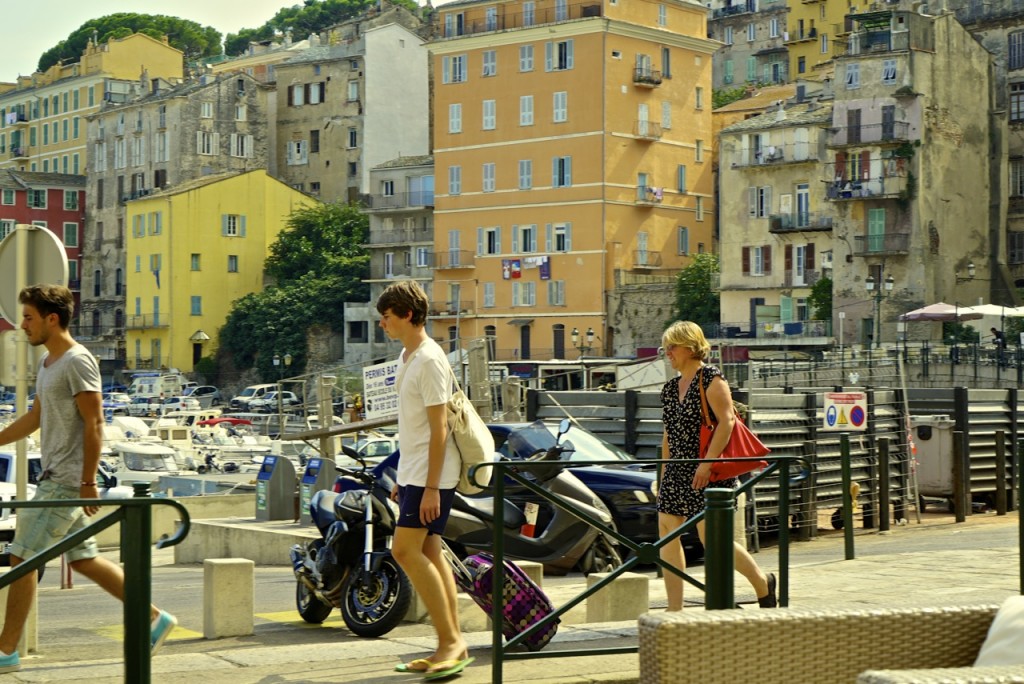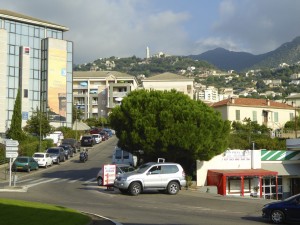Second in an illustrated series about place-decoding from the South of France.
Place Decoding: Moving Beyond the Directed Experience
Sensing the city is a personal experience owned by each of us. From a legal perspective, it is an urban property right that transcends public and private domains. It is a form of place-decoding that deserves more illustration and attention.
To see and smell the city is an affordable lease, easement or license across space and time, and it is too easily manipulated by other forces, such as intentional design or the accretion of organic forces of growth or decline.
One critical element of place-decoding is understanding who, respectively, are the leaders and followers in the urban experiential adventure.
My ongoing work in France (outlined here) reminds me that this form of place-decoding is critical to each of our experiences, but it is not easy to capture without treating urban places as classrooms for exploration. This may explain why we often choose to institutionalize the path of least resistance (such as yielding to a directed response or championing others’ essays on the zen of walking and biking), rather than foster self-directed efforts to allow each of us to realize our own sensations and experiences.
The Directed Example
In Grasse, Provence, street odors are changeable near the Fragonard parfumerie. Why? Because an Orwellian, directed scent, as illustrated below, dispenses fragrance across a narrow, pedestrian street. Shoppers, caught in post-hypnotic strolls, cannot escape the medieval, odor-masking reality of perfume’s very purpose.
In this case, a deodorant of the street manipulates the observer, externally directing the right to experience described above. The urban observer has no cognitive choice other than to leave, or ignore the smell.
Context Through the Minds’s Eye
In the multi-layered city such as Bastia, Corsica, small pockets of old blend with the new, and lines of sight span the ages and associated technologies.
As shown below, in the two images below, a glance at topography can show either a hill town setting in isolation, a traffic-laden city, or both. One person may see historic urban form up the hill. Another may see a roundabout of automobiles in context, with little regard to the pre-spawl relic above.
Here, the urban observer has more choice than in the Grasse example to sense for oneself, and more readily understand the mind’s eye.
Summary
I’ve said before that we should pay more attention to the place-receivers of placemaking, through encouraging urban diaries that lead us all to better understand where we live, work and travel between. However appropriate the urbanist purpose, we cannot rest simply with the cutting edge, activist goals of bus and bicycle without a more holistic, experiential point of view.
I believe part of the answer is simply enhancing people’s ability to sense the city. More apps, tools and activities all go without saying; examples include Adelaide, Australia’s well-presented “Picture Adelaide 2040” project, Stage 1 of which centers on gathering 1000 stories from citizens (each with a photo) on how they use their favorite urban places.
But “how-to’s”, such as community classes, meet-ups, school curricula, training of political officials and sensitizing of loan officers is also what I have in mind.
We can urge our political leaders, our planners, our designers and real estate professionals that encouraging people to sense the city deserves a high priority in policies, plans and pro-formas. Better cities will not result from a mandated smell this, or see that mindset.
Rather, better cities are more apt to happen if we first learn how to smell and see, a Place-Decoding 101 class affordable to all.
Coming next: How walking between towns decodes the elements of place.
Images composed by the author in Grasse, and Bastia, Corsica, France. Click on the image for more detail. © 2009-2014 myurbanist. All Rights Reserved. Do not copy.






